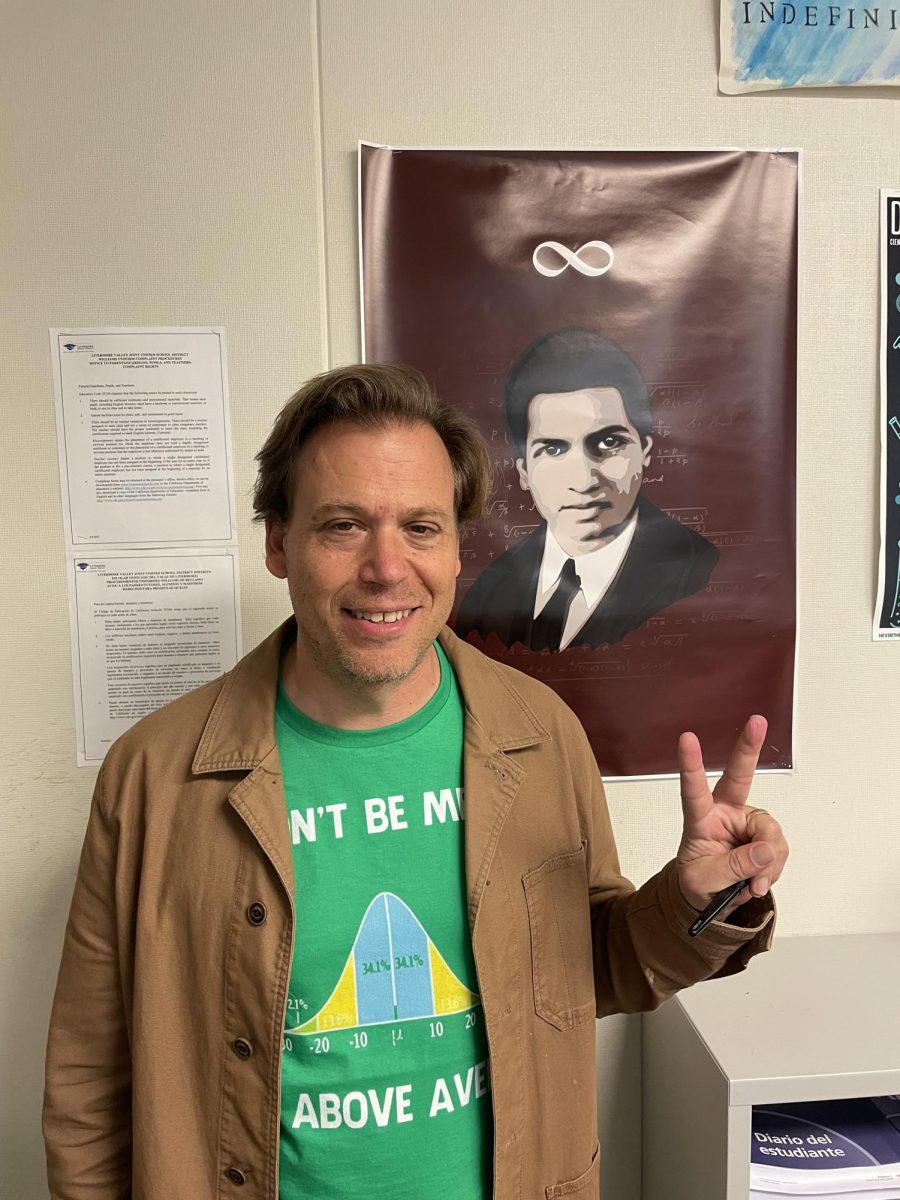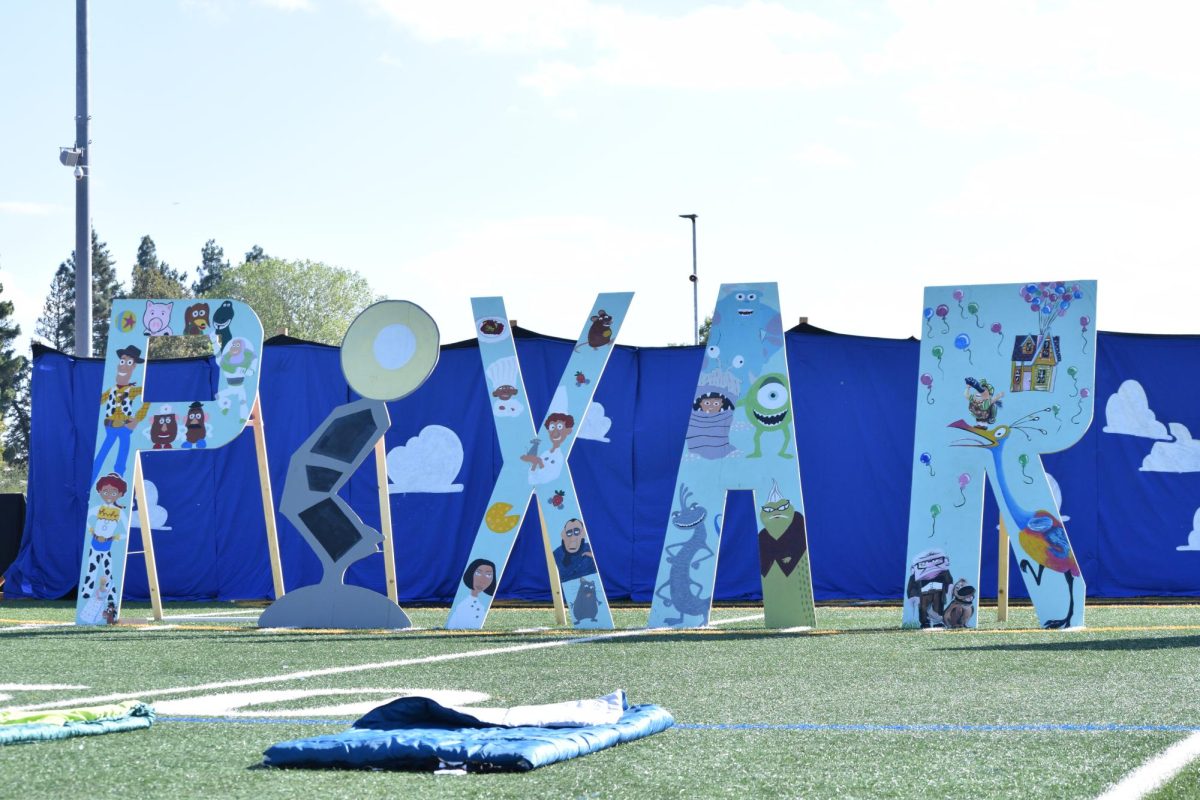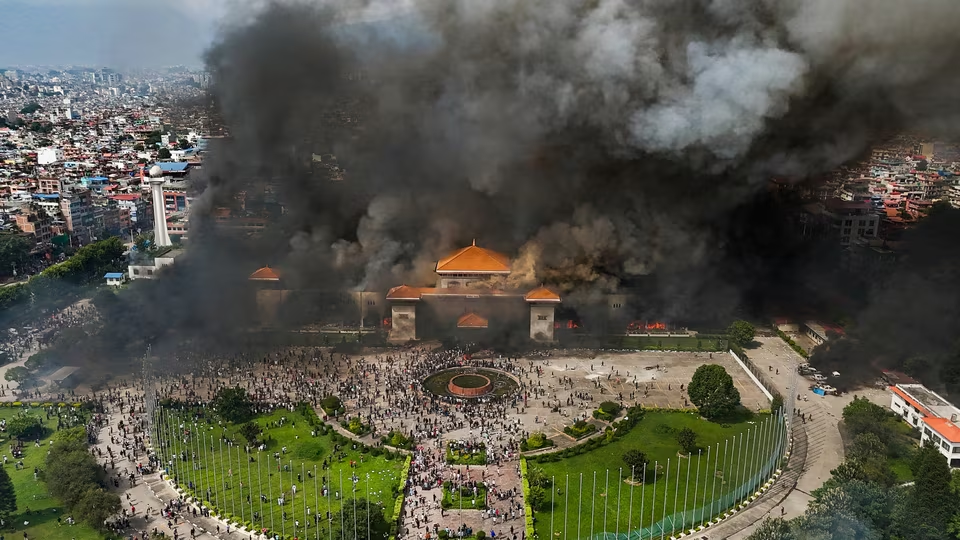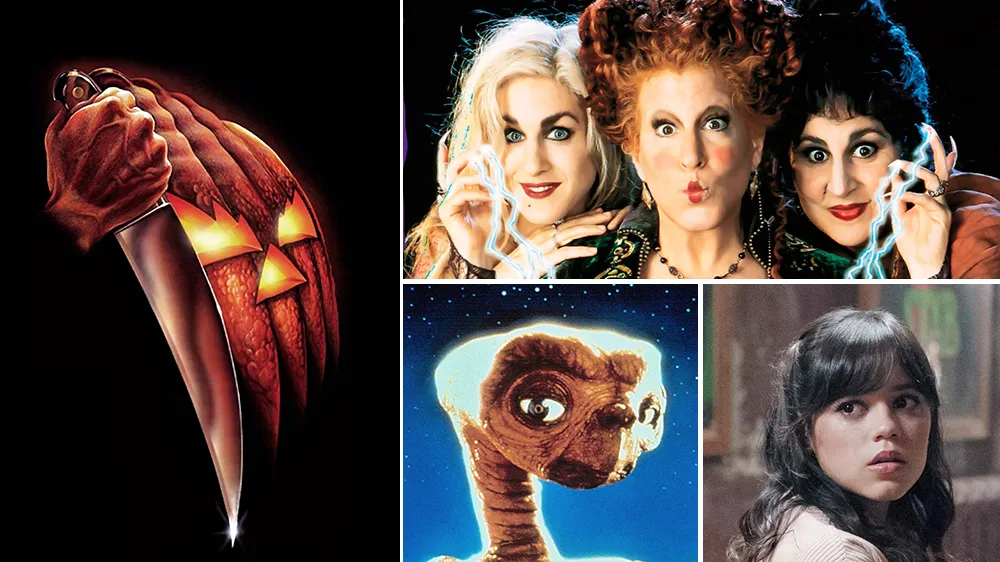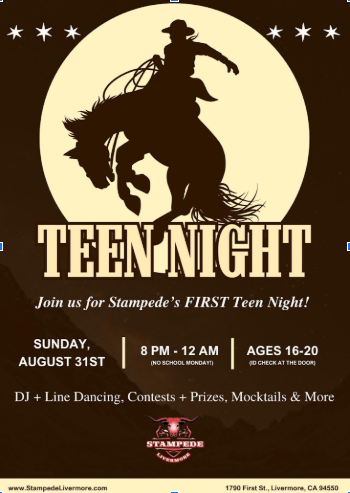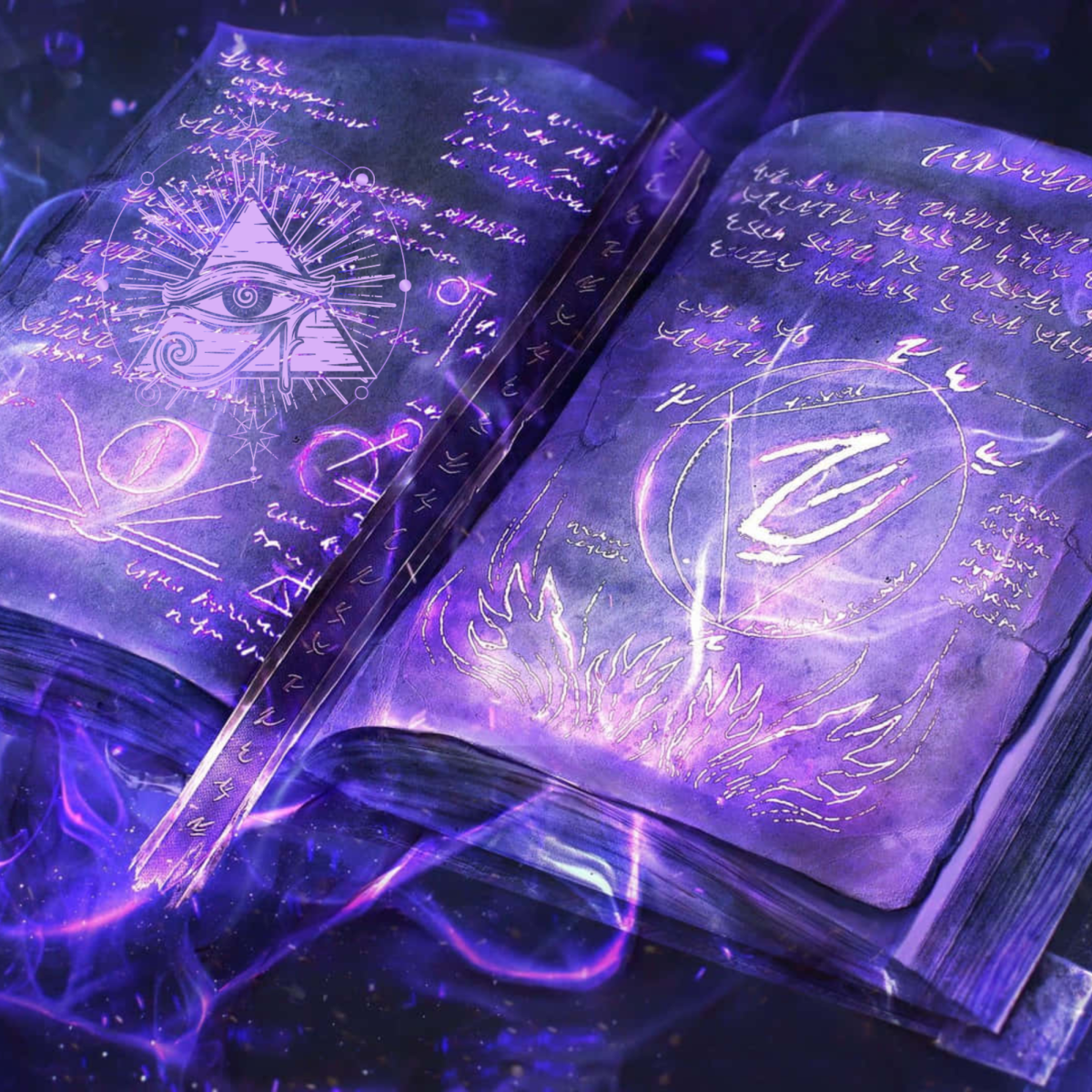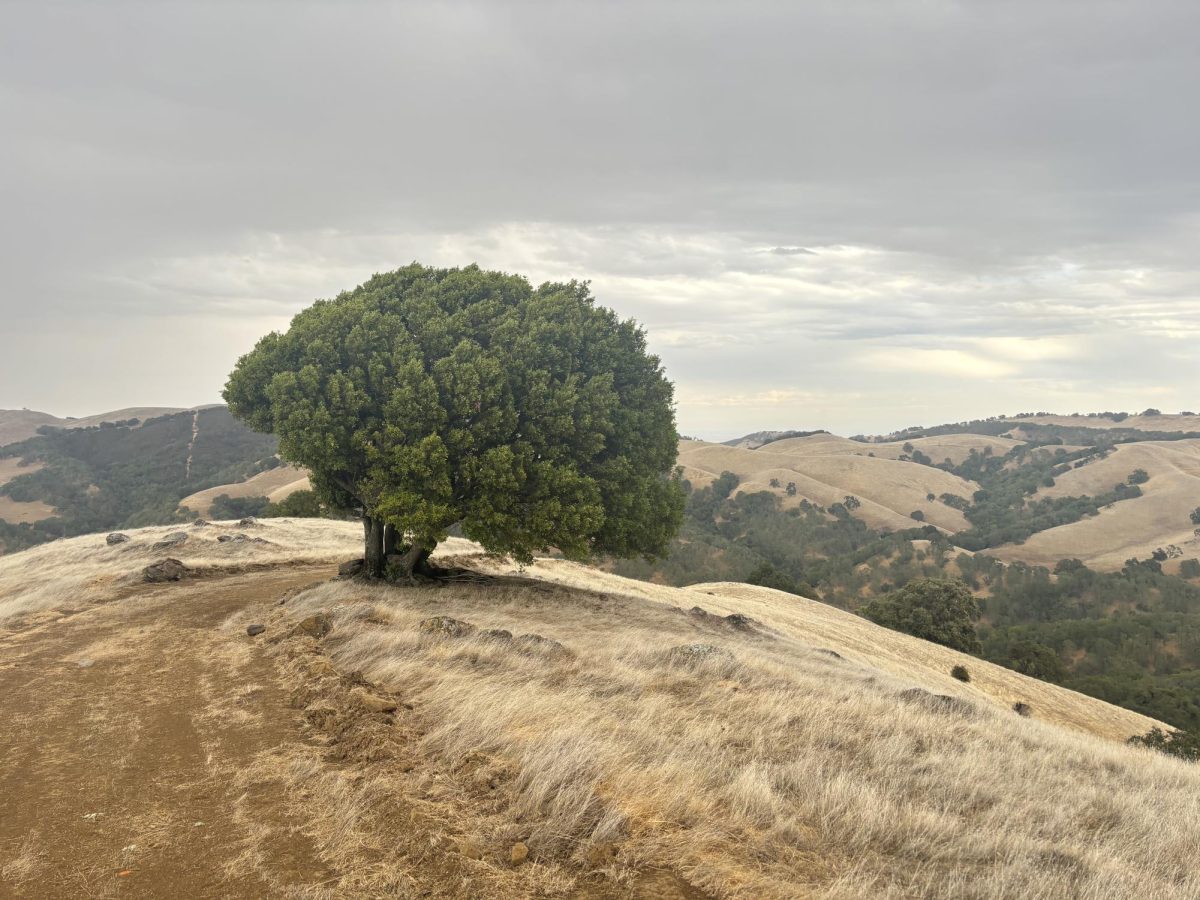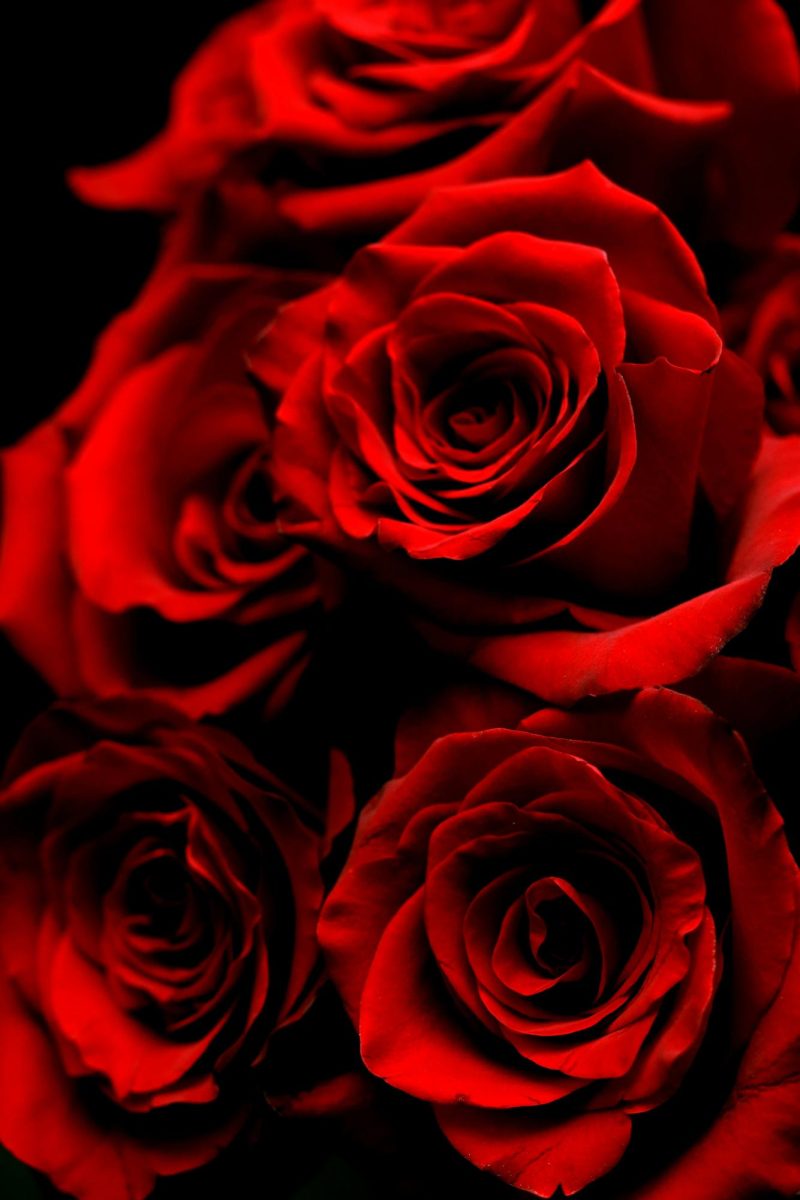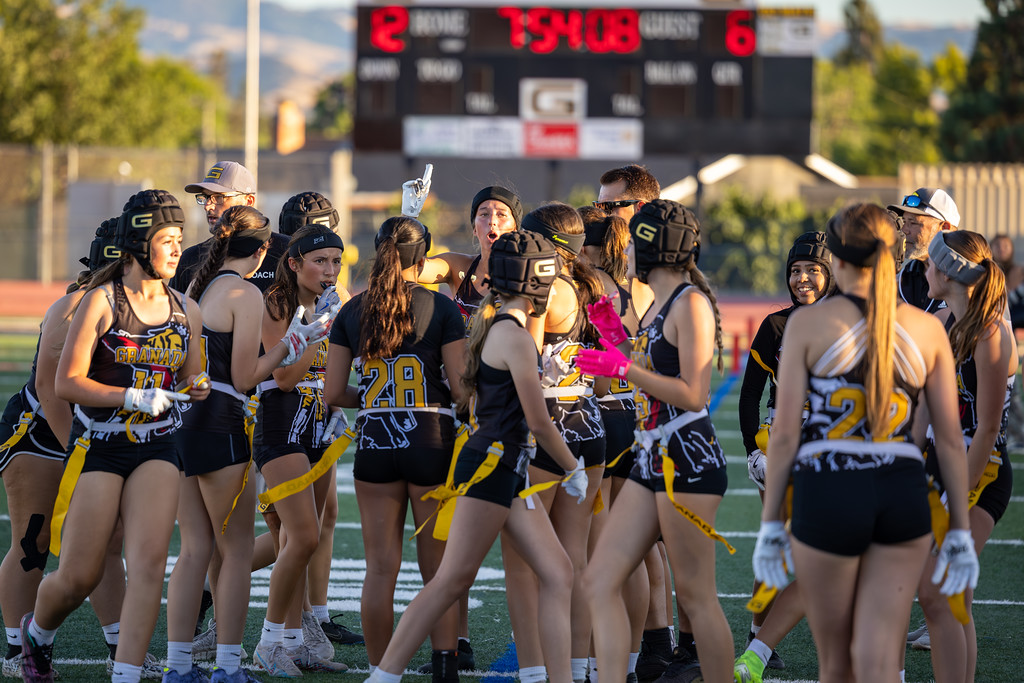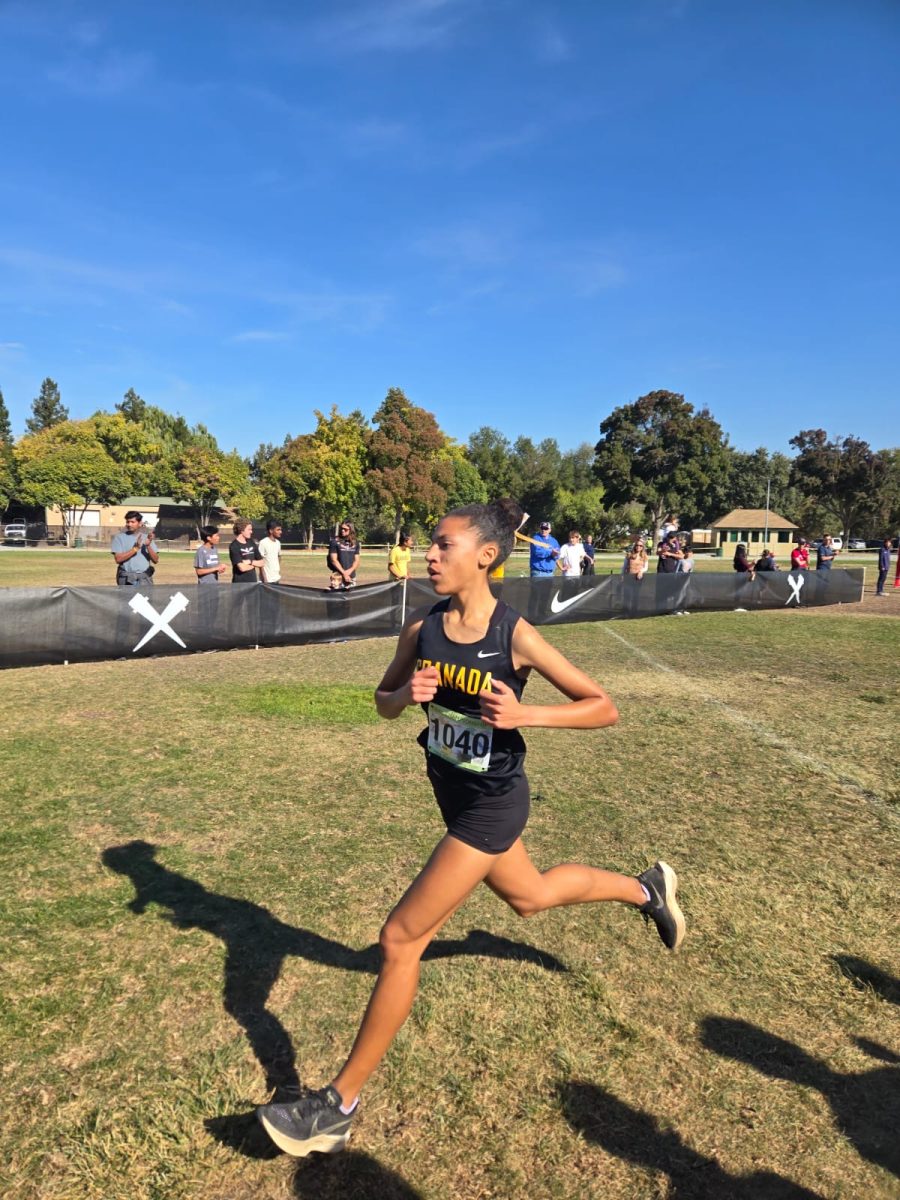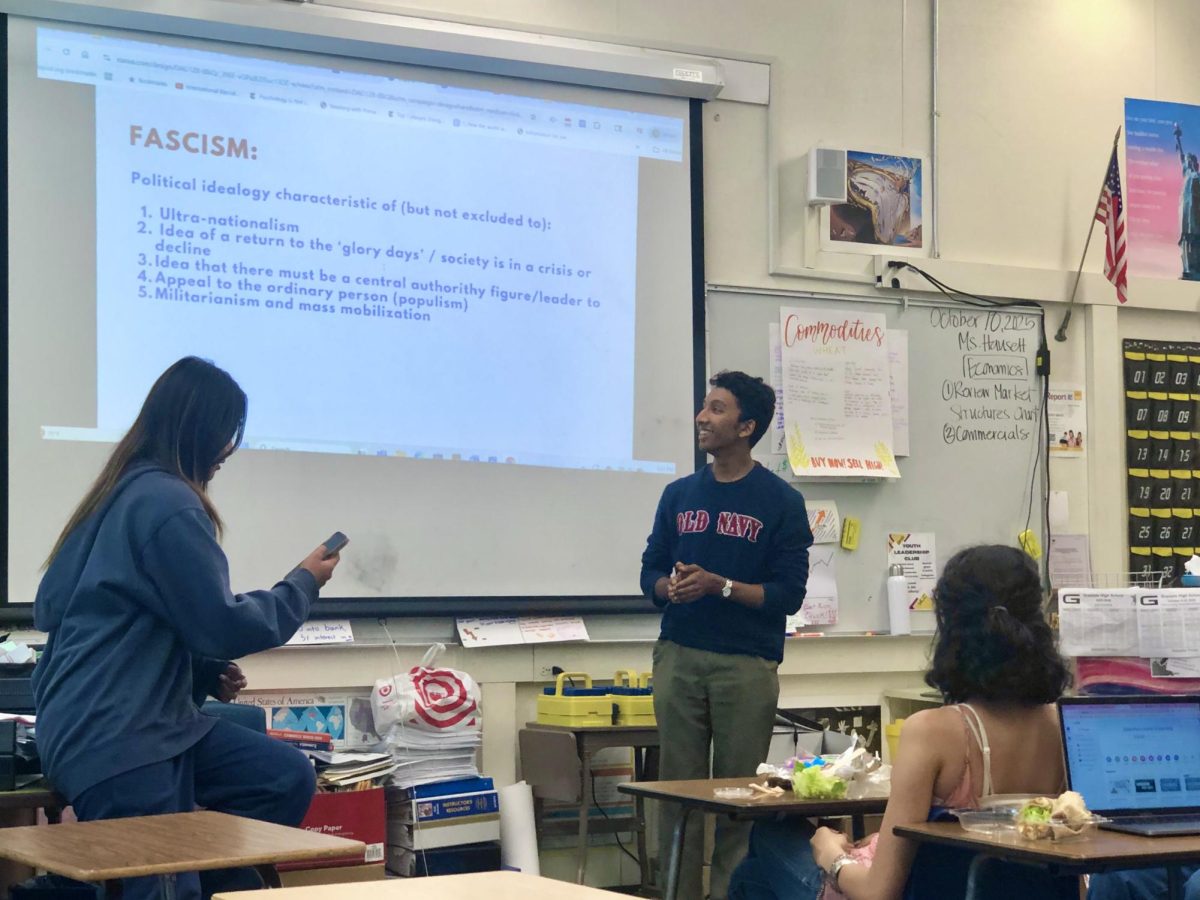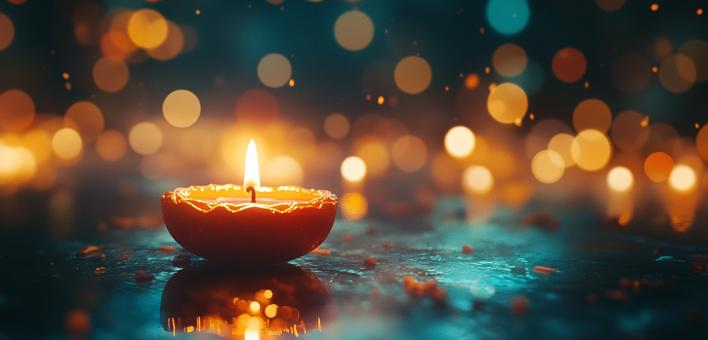Diwali is considered one of India’s largest and most important holidays of the year. It is a time for vibrant colors, traditional clothing, fireworks, lights, delicious food, and so much more. The festival gets its name from the row of clay lamps (deepa) that Indians light outside their homes to symbolize the inner light that protects them from spiritual darkness.
Diwali is celebrated every fall in South Asian countries, but over time has gained popularity and notability in the US. Today, the fascinating festival is celebrated by thousands of people in countries all around the world. This tradition originated as a festival to mark the last harvest of the year before the start of winter as well as spiritually signifying “the victory of light over darkness, good over evil, knowledge over ignorance, and hope over despair” (Livermore Valley Arts). According to NationalGeographic.kids, it is celebrated in various cultures and has multiple legends associated with it. In Jainism, Diwali marks the nirvana, or spiritual awakening, of Lord Mahavira on October 15, 527 B.C. In Sikhism, it honors the day that Guru Hargobind Ji was freed from imprisonment. In northern India, Hindus celebrate the return of the deities Rama and Sita to the city of Ayodhya after defeating the evil king Ravana, but in the region of Bengal people worship the goddess Kali, the destroyer of evil forces. Additionally, in Nepal, people celebrate Lord Krishna’s victory over the wicked king Narakaasura. Buddhists in India celebrate Diwali as well. Regardless of the many different cultural reasons for celebrating this joyous festival, there’s one common theme no matter what; the victory of good over evil.
Shriya Bhadra, a sophomore at GHS, stated in an interview that her family celebrates Diwali to “make fond memories together and recognize and appreciate our culture.”
Ahana Deshpande also claimed that to her, “Diwali is a time to enjoy the lights, colors, and good vibes with family and close friends” adding that, “This year my mom made snacks and sweets, and on the day of Diwali, my family celebrated by lighting sparklers in our front yard and spending time together!”
The exact dates for the holiday change every year. They are generally determined by the position of the moon, but the days usually fall between October and November. This year, Diwali was celebrated on either Thursday, October 31, or Friday, November 1, depending on where people live around the world. Coincidentally, here in California, the special day was celebrated on Halloween. Diwali traditionally lasts for five days, marking the start of the Hindu New Year. For many people, Diwali also honors the Hindu goddess of wealth, Lakshmi. The lights and lamps are said to “help Lakshmi find her way into peoples’ homes, bringing prosperity in the year to come!” (NationalGeographic.kids)
In partnership with the Hindu community and Culture center, this year Livermore held its first Festival of Lights celebration featuring traditional cultural performances and booths from 11:00 am to 3:00 pm on November 3rd in Bankhead Plaza in downtown Livermore. The event was hosted by Livermore Valley Arts to commemorate this wonderful annual Hindu celebration and share it with anyone wishing to take part in its festivities. If the exuberant festival returns to Livermore next year, make sure to stop by to experience and learn more about this diverse and beautiful cultural Indian celebration!
Sources:
https://kids.nationalgeographic.com/pages/article/diwali
https://www.britannica.com/topic/Diwali-Hindu-festival
https://www.ronniesawesomelist.com/diwali/livermorearts-diwali

